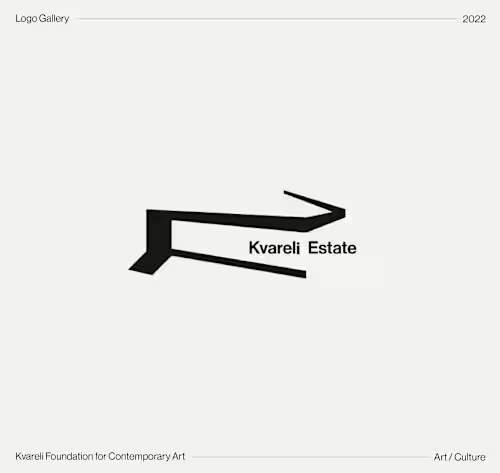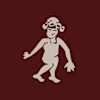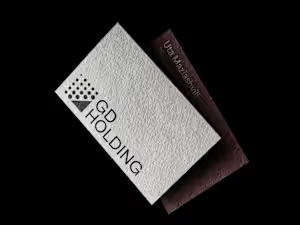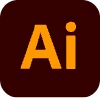
Logo Design
Starting at
$
1,200
About this service
Summary
What's included
Logo files in color variations (full colour if chosen, black and white, reverse):
1. Vector File (AI or EPS): The primary logo file format, which allows for scalability without loss of quality. Vector files are typically created in Adobe Illustrator or similar software. 2. Raster Files (PNG, JPG, TIFF): These are image files of the logo in high resolution suitable for use on websites, social media, and printed materials. 3, PDFs: A versatile file format that can be easily shared and printed. It may contain both vector and raster elements.
Logo Variations will include:
1. Primary Logo: The main version of the logo, which may include the full company name and graphical elements. 2. Secondary Logo: A simplified or abbreviated version of the logo without text, used in certain contexts for branding consistency. 3. Icon or Symbol: A standalone symbol or icon from the logo, if applicable, for use as a favicon, watermark, or app icon.
Formats for Specific Uses:
Social Media Profile Pictures: Sized and formatted logo variations suitable for use as profile pictures on social media platforms. Favicon: A tiny icon used in web browsers and tabs to identify the website. High-Resolution Printing: Logo files optimized for high-quality print materials, such as brochures, posters, and banners.
Logo Usage Guidelines:
1. Style Guide or Branding Guidelines: Detailed instructions on how to use the logo correctly, including minimum size, clear space, colour specifications, and placement rules. If logo was designed with a colour palette in mind - this is also going to be included in the Style Guide. 2. Mockups: Visual examples of how the logo should appear in real-world applications, such as business cards, letterheads, signage, and digital platforms.
Example projects
Duration
1-2 weeks





